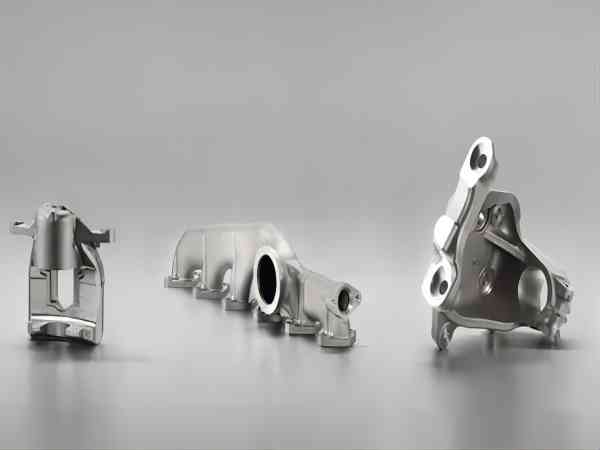The current industry is becoming more and more designed for a single buyer. This means that a particular product is created for one person. The initial product may have some standard basic features, but is still customised for a single customer. This is a result of the overall increase in the development of manufacturing technology and has brought about an increase in services. Everyone will agree that we are all different, and a product tailored specifically for you is better suited to your needs than a standard product that is usually tailored for anyone.
What are the methods of product customisation?
There are many ways for customers to get customised products:
Self-development. For example, the customer already knows the part he needs, so he can create an engineering drawing or even a 3D model of it, then order it from a machine shop and have it manufactured.
Co-development. This is a great way for people to get custom designed and machined parts when they are not sure of the design or look. This places certain demands on machine shops such as design departments. The customer and the department interact and create custom designs together.
Adaptive customisation. This method makes the manufacturer‘s job easier but imposes many limitations on the customer. The method involves creating base components that can be modified to suit the customer‘s needs. By using this method, manufacturers are able to produce a large number of products with a degree of customisation without wasting a lot of time retooling the manufacturing process.
Customisation involves the creation of standard products and their many different ‘styles‘. For example, different colours. This is the easiest way to create custom parts for mass production, but it only provides rough custom part functionality.

Machined parts
Machined parts are found everywhere in our daily lives. You can understand the concept of a part from the simple design, machining, and finish work to every surface treatment performed in precise locations using a variety of tools. Manufacturing these customised components requires both the right technology, quickly and cost-effectively, as well as a great deal of experience. At WACKER, we have multi-axis machines capable of machining workpieces for turning, cross-drilling, milling and engraving on a single machine. Tolerances of ±0.0005 inches can be achieved, and versatile multi-tool 3,4,5-axis CNC machining can be as small as 0.010 inches. Regardless, our CNC machining centres allow us to offer custom and integrated solutions that can help you reduce production time and lower machining costs.
CNC Machining Custom Parts
Modern, low-volume production is very different from mass production. This type of manufacturing is becoming more and more popular as the demand for customised parts increases, so a great deal of research and development is aimed at improving the efficiency of manufacturing systems.
CNC machine tools play an important role in the flexibility of part creation. Only 10 to 15 years ago, in order to create parts with some complex surfaces, a lot of additional manufacturing had to be carried out (i.e. making patterns for the machine tool to follow the required manual labour), so complex parts were mostly produced in mass production or using manual labour, which was both lengthy and expensive. Today, CNC programmes replace all these things. In addition to this, specialised computer-aided manufacturing systems have been developed, which have significantly reduced the time required to create such programs.
Modern tooling mechanisms allow manufacturers to mount a large number of tools on the lathe, thereby minimising the time required to change tools during machining.
A range of standardised fixtures and jaws have been developed to meet most current machining requirements. These fixtures usually consist of a number of individual elements that can be assembled together on the machine tool‘s table to hold the part during the machining phase. They are, of course, less accurate than specialised fixtures, but this disadvantage has been eliminated by modern measuring systems.
Almost every type of modern CNC machine can be fitted with a special probe. Once fixed, this probe is used to measure the actual size and position of the stock, completely eliminating positioning errors. It can also be used to measure the actual dimensions of a part at certain stages of the manufacturing process, ensuring that if any error occurs, it can be detected and corrected as early as possible, with as little time lost as possible
.
Conclusion
Recent achievements in manufacturing automation and computerisation have significantly reduced the lead times required to get parts manufactured. The peak of current industry developments are flexible manufacturing systems that are specifically designed to create large numbers of individual parts. All of this makes it possible to reduce the price of customised parts made for individual customers and consumers. It is safe to say that machine shops can ultimately make unique products for everyone.





